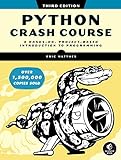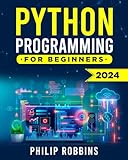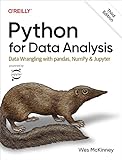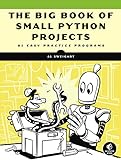To select a subsection of a pandas dataframe, you can use the loc or iloc methods.
With loc, you can select rows and columns based on labels. For example, you can select specific rows and columns by passing in the row labels and column names as arguments.
With iloc, you can select rows and columns based on their integer position. For example, you can select rows and columns by passing in the row indices and column indices as arguments.
Both methods allow you to subset your dataframe and extract specific parts of the data that you are interested in.
What is the syntax for selecting columns based on a condition in pandas?
To select columns based on a condition in pandas, you can use the following syntax:
1
|
df.loc[df['column_name'] == condition, ['column_name']]
|
Here, df is the pandas DataFrame, column_name is the name of the column you want to filter on, and condition is the condition based on which you want to filter the rows. The command will return only the rows where the condition is met, with the specified column(s) selected.
How to select a single row in a pandas dataframe?
You can select a single row in a pandas dataframe by using the iloc method with the index number of the row you want to select. Here's an example:
1 2 3 4 5 6 7 8 9 10 11 |
import pandas as pd # Create a sample dataframe data = {'A': [1, 2, 3, 4], 'B': [5, 6, 7, 8], 'C': [9, 10, 11, 12]} df = pd.DataFrame(data) # Select the second row in the dataframe selected_row = df.iloc[1] print(selected_row) |
In this example, df.iloc[1] selects the second row in the dataframe df. The selected row will be stored in the selected_row variable, and you can then perform further operations on this specific row if needed.
What is the difference between .ix and .loc in pandas?
The main difference between .ix and .loc in pandas is how they handle integer-based indexing.
- .ix: This indexer allows you to select elements from a DataFrame or Series based on both label and integer-based indexing. It is a hybrid method that combines the functionality of .loc and .iloc. However, since it can lead to ambiguity and potential issues, it is deprecated in newer versions of pandas.
- .loc: This indexer is label-based, meaning that you can use it to select elements based on the row and column labels in a DataFrame. It does not allow for integer-based indexing and is recommended for selecting data based on labels.
In general, it is recommended to use .loc for label-based indexing and .iloc for integer-based indexing, and avoid using .ix due to its potential ambiguity.
What is the advantage of using iloc over loc in pandas?
The main advantage of using iloc over loc in pandas is that iloc is based on integer indices, while loc is based on labels. This makes iloc faster and more efficient when selecting data based on the position rather than the label of the data.
Another advantage is that iloc is more intuitive and easier to use when dealing with numerical data or when you want to access data based on its position in the dataframe. It allows you to select data using simple integer-based indexing, which can be especially useful when working with large datasets.
Overall, using iloc can lead to more efficient and faster data selection, especially when dealing with numerical data or when you need to select data based on its position in the dataframe.









